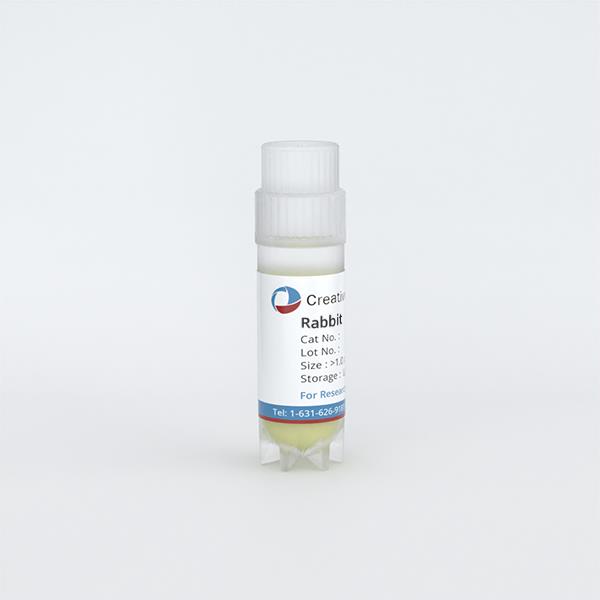
Rabbit Leydig Cell
Cat.No.: CSC-C5280S
Species: Rabbit
Source: Testis
Cell Type: Leydig Cell
- Specification
- Q & A
- Customer Review
Cat.No.
CSC-C5280S
Description
Leydig cells are present in the testicular interstitial tissue, and their main function is to produce testosterone for the maintenance of spermatogenesis and extratesticular androgenic and anabolic functions. The LCs are oval or irregular cells, about 20 μm in diameter. The cytoplasm of LCs is eosinophlic.
Rabbit Leydig cells from Creative Bioarray are isolated from the rabbit testicular tissue. The method we use to isolate rabbit Leydig cells was developed based on a combination of established and our proprietary methods. The rabbit Leydig cells are characterized by immunofluorescence with antibodies specific to 3β-HSD. Each vial contains 0.5x10^6 cells per ml and is delivered frozen.
Rabbit Leydig cells from Creative Bioarray are isolated from the rabbit testicular tissue. The method we use to isolate rabbit Leydig cells was developed based on a combination of established and our proprietary methods. The rabbit Leydig cells are characterized by immunofluorescence with antibodies specific to 3β-HSD. Each vial contains 0.5x10^6 cells per ml and is delivered frozen.
Species
Rabbit
Source
Testis
Recommended Medium
SuperCult® Rabbit Leydig Cell Medium
Cell Type
Leydig Cell
Disease
Normal
Quality Control
Rabbit Leydig Cell are negative for HIV-1, HBV, HCV, mycoplasma, bacteria, yeast and fungi.
Storage and Shipping
Creative Bioarray ships frozen cells on dry ice. On receipt, immediately transfer frozen cells to liquid nitrogen (-180 °C) until ready for experimental use. Never can cells be kept at -20 °C.
Citation Guidance
If you use this products in your scientific publication, it should be cited in the publication as: Creative Bioarray cat no.
If your paper has been published, please click here
to submit the PubMed ID of your paper to get a coupon.
Ask a Question
Write your own review
Related Products

